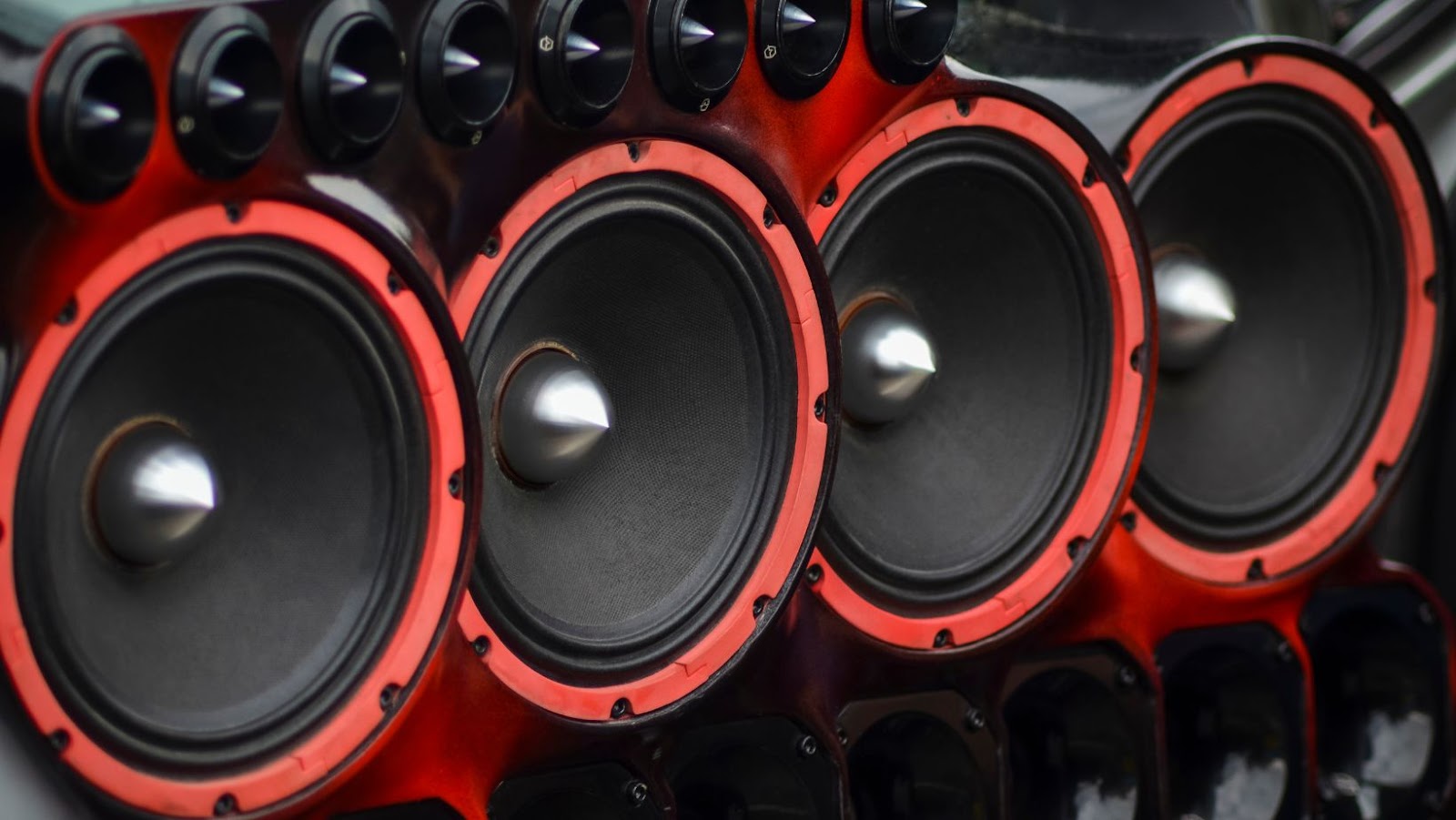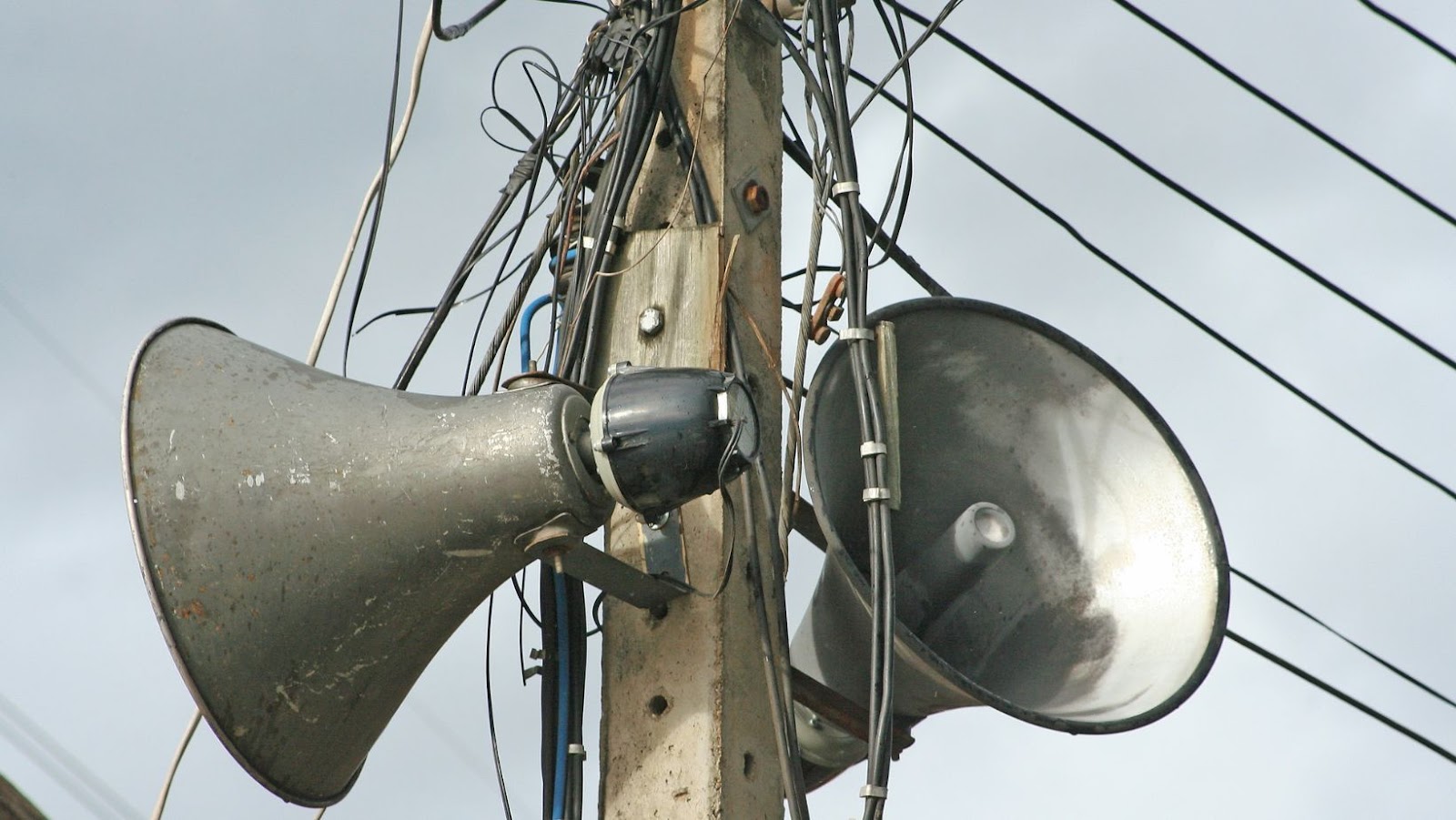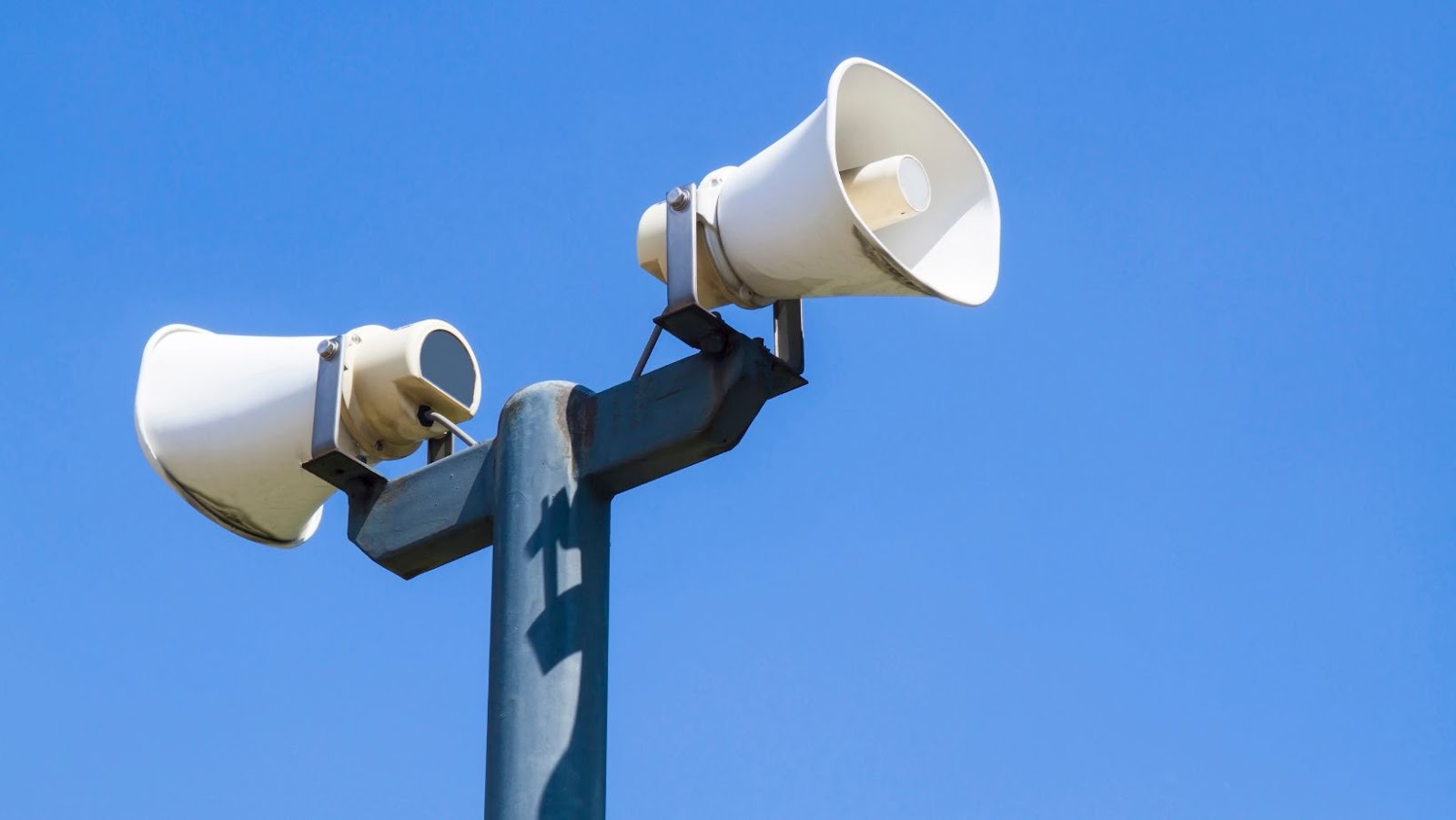Exploring a Few Things About Power Amplifiers in Public Address Systems

Every professional live sound solution consists of PA power amps because they help amplify input sound signals obtained from mixers and transfer them to the loudspeakers for the target audience to hear. Their strong signal limiters, protection circuits, and other mechanisms protect speakers from any potential harm while maintaining the quality of sound delivery. The versatile devices can adapt to different speaker configurations without complaints. Anything equipped with digital signal processing (DSP) capability can adjust the output based on speakers and the environment. You get choices in amplifiers, including line amplifiers or preamplifiers. However, power amplifiers are the main thing as they absorb loud signals (also called line-level signals) of the audio content. This signal type usually occurs between the preamplifier and loudspeaker output stages. You can describe it as 0 dB or 1 volt in concrete terms.
Commercial power amplifiers and PA amplifiers transform low-volt waveform with high impedance into high-voltage waveform with low impedance. These systems reproduce low-intensity sound at higher volumes. Modern amp devices generally require transistors for signal conversions. There can be plenty of them, and they may heat when the amp works at its full speed. That’s why you see ventilation slots and cooling fans in PA amplifiers.
Requirement for Number of Amps or Amp Channels
PA amplifiers come with two channels in most cases. However, permanent sound systems or large-scale portable PAs can have four to eight channels. No matter the numbers, each amp connects to a bunch of speakers. Suppose you install two speakers directed at the audience on each side of the stage. You can power them through one two-channel amp. Consider another one for monitor speakers (the ones resembling wedge shape). These speakers stay on the floor and drive sounds up at the performers for them to listen to their voices. Sometimes, you need more bass, for which subwoofers can be handy. You can fire up subwoofers through one two-channel amp with an amp bridge. When working in bridged mode, the sound system uses the power of the two channels to produce and transfer more power to one output.
The Requirement for Selecting Power for an Amp
One must know that PA speakers and amplifiers depend on each other for quality sound production. Hence, it’s best to choose a powerful amp for a powerful speaker. Speakers come in peak, continuous, and program-based power ratings. Noise or continuous rating indicates that the speaker needs less power to work in real time. Peak power shows the maximum sound speakers can handle in a specific situation. Think of your car engine. According to the speedometer, your car can run 120 miles an hour. However, if you drive at this speed for a long time, the car’s engine will give up due to overheating.

Let’s now consider program power rating, which tends to be two times more than noise rating. Sound engineers suggest shoppers focus on this while matching amps with their speakers. Underpowered speakers will mess up the amp’s volume, creating a distorting sound. You can refer to the manufacturer’s manuals for knowledge about the amp’s program and peak ratings. You will also learn about the device’s power range.
Amplifier and Speaker Performance Factors
For the best sound experience, it’s necessary to match the ohm load or impedance of the speakers with the amplifier. Ohm is the electric resistance measurement. Imagine your amplifier powering speakers like a flexible spray nozzle hose. You can adjust the nozzle to remove or add resistance to the water flow. If you remove the nozzle, the water will gush out in a strong force rather than as a focused stream. However, if you tighten it too much, water will not flow. A speaker with too high or too low an ohm rating for an amplifier can be a problematic combination. A low-power amp for a speaker with a high ohm rating will fail to adequately power it, while a high-power amp for a low ohm-rating speaker can lead to overloading issues.
The good thing is that almost all PA amplifiers can handle 4-8 ohms of speakers. You can connect one amplifier to several speakers while ensuring the speakers’ impedance isn’t too low than the amp’s power. Wiring speakers can be technical stuff. Generally, you use parallel configuration to link PA speakers with an amplifier.
A Few Features of PA Amplifiers One Must Learn About
The intelligently-designed power amplifiers come with different knobs and controls. One can be a level or gain knob with an indicator for signal level per channel. The knob will be in the front of the device and show colored lights when the amp clips. Another thing to remember is that the amp’s frequency filters help you customize the output based on the speaker type used. Low-cut or high-pass filters allow you to lower the speaker’s sound delivery to a specific frequency. The amp can focus on higher frequencies without wasting effort on the weaker basses. This filter shields any sound distraction caused by microphone thumps or wind noise. If you install a subwoofer for the PA system’s bass, ensure the main speakers don’t have a deep bass.

If you connect the amp with a subwoofer, use a low-pass filter to eliminate high sound frequency from the output. Then, you also get band-pass filters to handle low and high frequencies. As a result, they can fine-tune the sound output of the subwoofers. Another critical element in the amplifiers is the limiter. Limiters prevent clipping and noise distortion issues caused by overloaded signals, microphone drops, etc. When you explore options in power amplifiers, check whether the device offers protection from thermal overload, which shuts down the system temporarily to avoid amp failure or damage from overheating. Another characteristic can be safety from over-current when the device attempts to consume excess energy.
Much knowledge and analysis go into establishing the perfect sound system in a workplace or any other environment. You can take guidance from professional sound system designers and engineers for help with infrastructure. The vast options and technical complexities may prevent you from deciding what to choose and how. However, choose a PA system brand that you can trust.
-
Quotes2 years ago
30 Inspirational Thoughts For The Day
-
Self Improvement1 year ago
7 Tips To Recreate Your Life In 3 Months And Change Your Destiny
-
Motivation1 year ago
5 Excellent Ways To Stay Focused On Your Dreams
-
Quotes1 year ago
21 Quotes About Chasing Perfection And Striving For It
-
Health1 year ago
4 CBD Products Your Dog Deserves To Have
-
Personal Finance3 months ago
How Do I Find My UCAS ID Number?
-
Entrepreneurs1 year ago
1Password Evaluation – The Highest Ranked Password Manager Out There
-
Entrepreneurs2 years ago
51 Lucrative Ways to Make Money From Home



























